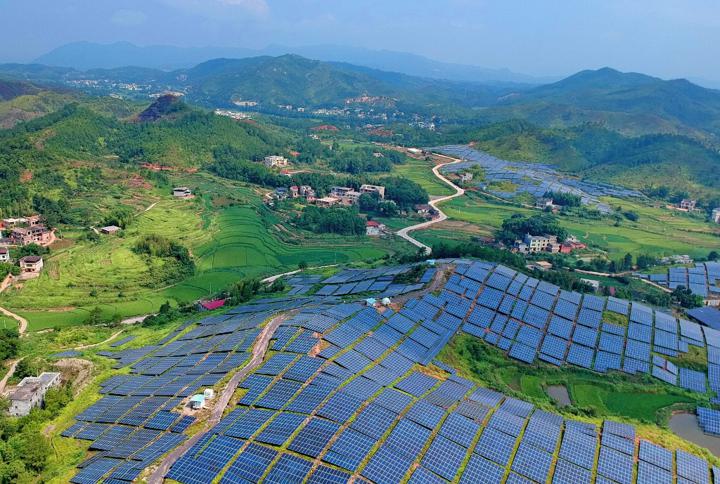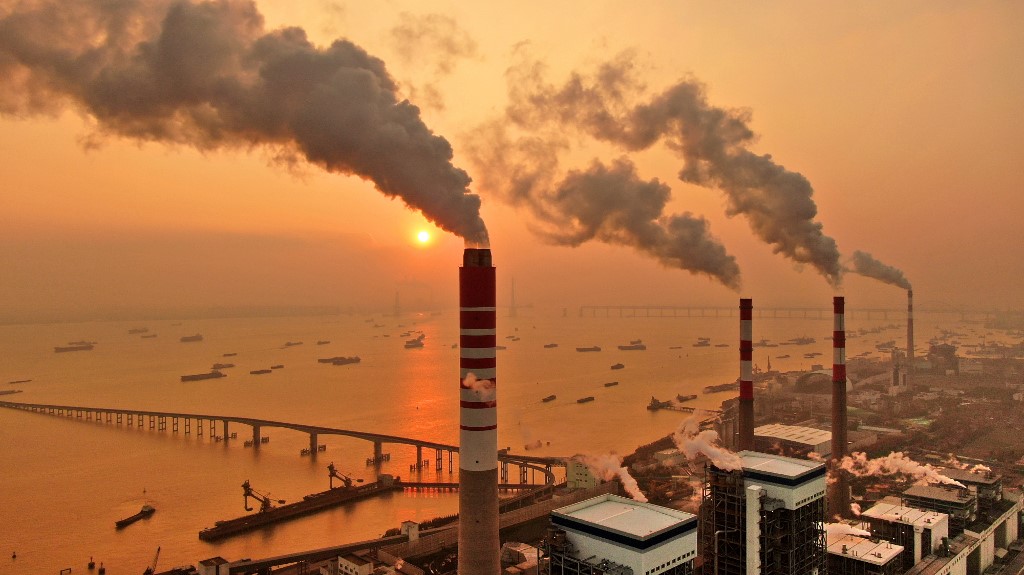(ATF) Xi Jinping has vowed that China will be carbon neutral by 2060 but with the nation being one of the biggest polluters on Earth and with a coal-power programme expanding, the promise has raised eyebrows and doubts.
Analysts question whether such an ambitious plan can be achieved even as others hailed the announcement as the biggest promise on the environment from a major economy in many years.
Xi’s shock promise to lead the world into a safer climate future was thin on details, leaving many questions unanswered on how the world’s worst polluter will meet a 2060 carbon neutral target.
China is responsible for over a quarter of the world’s greenhouse gas emissions linked to global warming.
But it is also the biggest global investor in renewable energy – a country whose energy policy points both ways.
The surprise of the scientific world was summed up by The MIT Review’s headline, which read: “If China plans to go carbon neutral by 2060, why is it building so many coal plants?”
What did Xi promise?
In an unexpected pledge Xi told the UN on Tuesday China would “strive to peak carbon emissions before 2030 and achieve carbon neutrality by 2060.”
It is the first time China has announced any plans to become carbon neutral – but Xi did not say how he will tip the balance from a country whose growth is fed by fossil fuels.
His statement leaves “plenty of room for different readings,” said Lauri Myllyvirta , China analyst at Centre for Research on Energy and Clean Air.
“The worst case is there’s still another decade… to build more fossil fuel infrastructure and increase emissions,” he said.
Still hooked on coal?
Coal has powered China’s phenomenal economic rise. Annual coal consumption nearly quadrupled between 1990 and 2015, providing 70 percent of China’s energy over that period.
China’s leaders have tried to dilute the nation’s dependancy on coal, and it now makes up less than 60 percent of the energy mix.
But with China’s economy still growing, the total amount of coal burnt continues to grow.
Approvals for coal energy projects have also accelerated this year as local authorities try to kickstart virus-hit economies.
Local governments approved 23 gigawatts worth of new coal power projects in the first half of 2020, more than the previous two years combined, according to Global Energy Monitor (GEM), a San Francisco-based environmental NGO.
The International Energy Authority says China has no need for new coal-fired plants because the price of a unit of wind or solar power is now comparable to that of coal.
What about renewables?
China is the world’s biggest investor in renewable energy, yet non fossil-fuels only account for about 15 percent of the nation’s energy consumption.
Wind and solar only made up a combined 7.7 percent of China’s national power generation in 2018, according to Kevin Tu, a researcher at the Center on Global Energy Policy at Columbia University.

A solar farm in Ganzhou.
Nuclear forms another large chunk of the non-fossil fuel mix.
Investments in new wind and solar installations have also declined over the past 18 months.
Planned solar power installations this year are nearly half that of 2019, according to the country’s central economics planner.
Its huge renewable ambitions have also been hampered by logistical and geographical problems.
China’s biggest wind producing area, the far northwest region of Xinjiang, cancelled 31 projects in the first half of this year due to “overcapacity and inability to connect to grid,” the local government said.
Exporting emissions?
Chinese coal companies have also been on a building spree overseas as part of the Belt and Road Initiative (BRI) — a trillion-dollar push to build infrastructure projects and extend strategic influence across the globe.
Beijing has invested over $50 billion in nearly 240 coal projects in 25 countries, including in Bangladesh, Pakistan, Serbia, Kenya, Ghana, Malawi, and Zimbabwe, data from Endcoal, an environmental NGO showed.
That may effectively hollow out any domestic efforts at emission-busting.
The BRI “threatens to lock China’s partners into the high-emissions development that China is trying to exit,” said Tom Baxter, an analyst for environmental NGO China Dialogue.
Is 2060 realistic?
“With China having the world’s largest renewable energy industry, investment budget and industrial base, this is eminently achievable,” Myllyvirta said.
But whether China’s leaders have the political will to revolutionise the economy is not yet known.
Some of those answers should come next year when China releases its next five-year economic plan. These are the traditional foundations of the Communist Party’s economic policies.
Li Shuo, senior climate and energy officer at Greenpeace China, warns that there is a lot left to be done.
“The goal requires unprecedented investments in energy efficiency, a better carbon trading system and weaning the economy from fossil fuels,” Li said.
“Right now this goal feels like a bit of science fiction.”
























